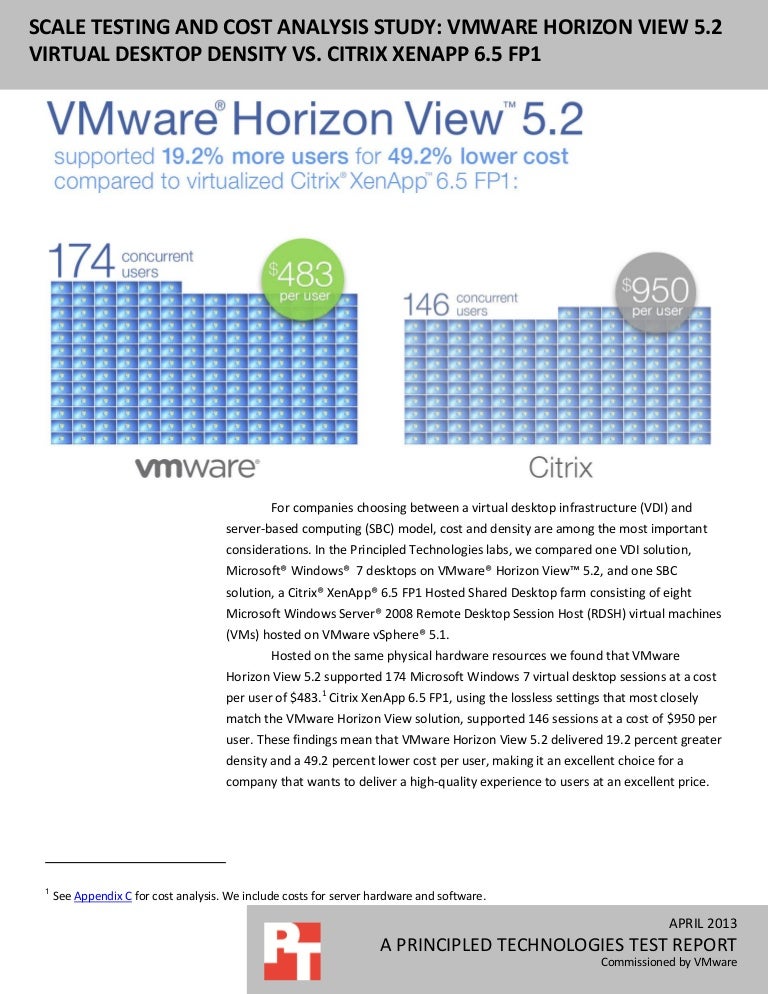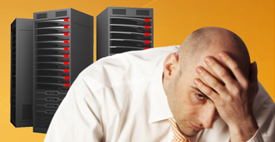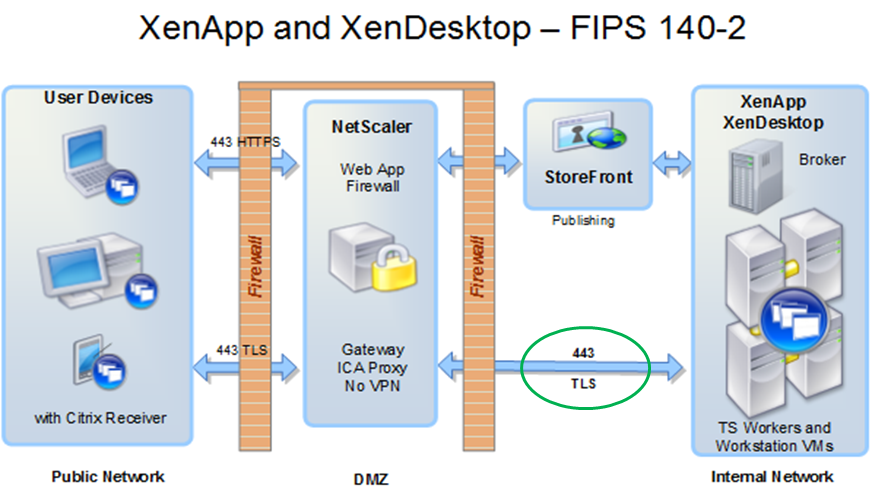All About Citrixxenapp
Citrix XenApp provides features such as user self-storage, mobile touchscreen optimization and various user experience enhancements. The developer, Citrix Systems, maintains that this tool can decrease. Citrix XenApp is a product that extends Microsoft Remote Desktop Session Host (formerly known as Terminal Services ) desktop sessions and applications to users through the Citrix HDX protocol. Receiver for Mac 11.9.15 (5663 downloads) Receiver for Windows 4.2.100 (20946 downloads) Receiver for Windows 4.2 (5124 downloads) NUPGK Starter Pack (2130 downloads).
For beginners I think Citrix technologies can be a bit daunting. There’s loads of documentation out there but it can take ages to read it and at the end you still might not have a good understanding of what XenApp is.
One of my pet hates is software vendors marketing material. Coming from a technical point of view, sometimes it’s impossible to get to the bottom of what a product actually does.
So in this article I will outline, in layman terms (but from a technical point of view), what Citrix XenApp is, what it can do, and how it works. I am trying to keep in simple so I cannot include every possible feature or configuration scenario, of which there are many. The idea is to give you a high level overview.
What is Citrix XenApp?
In its simplest form XenApp is just a piece of software or a collection of pieces of software. XenApp used to be known as Presentation Server, MetaFrame, and WinFrame.
What it does
XenApp allows you to install applications on a server and then access those applications without having to install anything on the client apart from the Citrix client software. All processing is done by the server. All that passes between the client and the server is mouse clicks / movement and keystrokes; and all the passes between the server and the client is screen refreshes. This is done over Citrix’s proprietary remote display protocol called Independent Computing Architecture (ICA). To the users it (mostly) looks and feels like the application is running locally on their client operating system.
It is also possible to publish the server desktop and give users a complete Windows user interface on the server along with access to the applications installed on it. This is known as a Hosted Shared Desktop.
Citrix Virtual Apps and Desktops Enable a modern digital workspace by delivering apps and desktops to any device from any cloud. Citrix Virtual Apps and Desktops Standard for Azure Easily deliver your. The Citrix Gateway or VPX virtual appliance is an SSL VPN appliance deployed in the DMZ. It provides a single secure point of access through the corporate firewall. Although Citrix installs and manages Citrix Gateway in Citrix Cloud, you can also optionally install Citrix Gateway in resource locations. Components in resource locations.

The last 3 versions of XenApp have offered application streaming, also known as Application Virtualization. This replaced the application isolation feature that was available in some previous versions of XenApp. By profiling an application using the Citrix Streaming Profiler you can stream the application down to a target Operating Systems without having to install anything apart from the Citrix Offline Plug-in.
With Application Streaming you have the option of streaming the application to the client device, or to a XenApp server. If you stream to a client device it will run locally on that device and consume local resources (CPU, memory etc), if you stream to a XenApp server it will run on the XenApp server and be accessed over ICA just like a traditional XenApp server-installed application.
Streamed applications are cached on the target operating system and therefore only pulled across the network on first run or when the central package is updated.
How it helps
The advantages of Session Virtualization / Hosted Shared Desktops is you can centrally manage the Operating System and Applications and quickly deploy applications to many thousands of users without having to “touch” each client device. You install the Citrix client software once and then you can deploy pretty much any application to any machine without having to ever visit them again. Because all the processing is done on the XenApp servers you can deploy apps that would potentially not run on older desktops.
If you are considering thin clients you can potentially run all of your users on XenApp and get rid of the maintenance costs associated with PC Operating Systems and hardware.
Citrix streamed applications execute locally on the target Operating System within a sandbox (isolation environment). This means that the applications cannot interfere with or break other applications on the target Operating System. Streamed applications can be run offline on laptops for up to 365 days.
Streamed applications can be updated and patched centrally and will be pulled down to the target Operating System the next time a user request it.
How it works
Server Software
The latest version is XenApp 6.5 which can only be installed on Windows 2008 R2. You must have Windows Remote Desktop Services Session Host Role installed.
There are four versions of XenApp: Fundamentals, Advanced, Enterprise, and Platinum. This Comparative Feature Matrix explains what features are available in each version.
Client Software
In order to be able to connect to a Citrix XenApp server to view hosted applications or a hosted desktop you must have some client software installed.
If you are only using the Citrix Web Interface through a browser then the very minimum you need in terms of client software in the Citrix Online Plug-in Web.
If you would like to have user’s Start Menus automatically populated with application icons, the full Citrix Online Plug-in is required.
To be able to stream applications to clients you must have the Citrix Offline Plug-in installed.
The Citrix Receiver is a client that works across multiple devices (Windows, iOS, Android) and gives a unified look and feel to users, whichever devices they are using. It also incorporates function such as user self services to applications.
Receiver Plug-ins such as the Offline Plugin add functionality such as Application Streaming.
Web Interface
To be able to connect to Citrix XenApp to run virtual applications, hosted shared desktops, or streamed application you need to have a Citrix Web Interface server or servers. This is installed on a Windows 2008 R2 on top of the IIS Role. Web Interface is being replaced by Cloud Gateway Express. Web Interface will go End of Life in 2015.
Thomas Koetzing has a feature comparison matrix on his website
The Web Interface can either be accessed through a browser or directly via the Online Plug-in or the Offline Plug-in.
This allows you to configure the Citrix client software once to point at the Web Interface or Cloud Gateway Express server and then all the configuration is done using the respective Management Console. This allows you to easily add and remove XenApp (or XenDesktop) Farms, or XML brokers without having to make any changes to the clients that have the client software installed.
You can configure the Web Interface to populate Client’s Start Menus and /or Desktops with the icons for your Hosted Applications, Streamed Applications, or Hosted Desktops.
Licensing
To use XenApp you need to have a Remote Desktop Services License Server and a Citrix License Server. It is common to put the two on the same server. Remote Desktop Services Licensing is installed as a Window 2008 R2 role and the Citrix Licensing Server component is downloaded from Citrix.com.
You must have Remote Desktop Services Client Access Licenses (RDS CALs) and Citrix Concurrent User Licenses. There is no getting around these license requirements. You HAVE to have both.
Remote Desktop Services is licensed on a Per Device or Per User model. In Per Device mode each device connecting to the RD Session Host server requires a permanent license. In Per User Mode an RDS Per User CAL gives one user the right to access an RD Session Host server (in this case a XenApp server) from an unlimited number of client computers or devices. RDS CALs are NOT concurrent. This means you need one per device or per user.
XenApp Fundamentals is licensed Per Device and all other versions of XenApp are licensed in a concurrent user model.
Per Device = One user, any device, unlimited connections to virtual applications
Concurrent = Any user, any device, one connection to unlimited virtual applications.
A picture speaks a thousand words
As they say, a picture speaks a thousand words so here is what a very simple XenApp environment might look like

Further information
Introduction to XenApp 6 on Citrix TV
XenApp eDocs Section
I am planning to write a similar article for XenDesktop and also a more advanced one for XenApp. Please leave comments if you feel these would be useful for you.
Comments
Join the discussion
What Is Citrix XenApp?
Citrix XenApp is the old name of what is now known as Citrix Virtual Apps.(Italso used to be known as Presentation Server, MetaFrame, and WinFrame.) It’s essentially a solution that allows users to access applications from laptops, PCs, phones, tablets, and other endpoint devices without having to install anything on the device itself (apart from the Citrix client). Because a lot of users are still more familiar with the name XenApp than Virtual Apps, we’ll be using these two terms interchangeably throughout the article.
With Citrix XenApp, all processing is done on the server-side. Information going from the client to the server consists of mouse clicks, mouse movements, and keystrokes; information going from the server to the client consists of screen refreshes. In other words, it leverages application virtualizationtechnology—what users interact with on their endpoint devices are actually virtual applications.
XenApp also makes it possible to publish server desktops and provide users with a complete Windows user interface, with full access and operability. This is known as Hosted Shared Desktop orremote desktop publishing.
Through this virtualization solution, IT managers can easily administer, maintain, and troubleshoot the operating system (a.k.a. desktops) and applications from a central location, as well as quickly deploy applications to thousands of users without interfacing physically with each client device. These advantages of virtual applicationsand remote desktops are sought by many businesses who wish to equip their off-site workforce or telecommuting employees with the ability to accomplish tasks as if they were in the office.
Citrix Xenapp (Citrix Virtual Apps) Licensing
The Citrix Virtual Apps licensing model is offered in three levels:
- Virtual Apps Standard (formerly XenApp Advanced): $375 per license, for one concurrent user
- Virtual Apps Advanced (formerly XenApp Enterprise): $485 per license, for one concurrent user
- Virtual Apps Premium (formerly XenApp Platinum): $645 per license, for one concurrent user
These prices are dated April 2019 and were taken from the Citrix Store. The main differences between these three levels are their security, virtual workspace, and administrative capabilities. Naturally, the higher the level, the greater its capabilities.
Citrix Virtual Apps Limitations and Complications

Despite its already hefty price tag, Citrix Virtual Apps (formerly Citrix XenApp) does not yet provide any support for virtual desktop infrastructure (VDI). That functionality is reserved for yet another product known as Citrix Virtual Apps and Desktops (formerly Citrix XenDesktop). This usually surprises customers because, logically speaking, virtual applications and desktops should go hand in hand.
While the Advanced Edition of Citrix Virtual Apps and Desktops does include both virtual applications and desktops, the price also jumps to $535. That’s $160 more than Virtual Apps Standard. Again, that’s just for one concurrent user. Unfortunately, the confusion doesn’t end there.
The fact that a Citrix-certified IT professional is normally needed to install and configure Citrix Virtual Apps is already indicative of its complexity. Usually, licensees have to enlist the help of third parties to get the software up and running.
Here’s a good example. We all know that load balancing multiple servers is one of the most common business requirements these days, right? Unfortunately, setting that up using Citrix XenApp is far from easy. As a matter of fact, you would have to purchase a NetScaler appliance for that (yes, that’s a separate product). Oh, and by the way, Citrix doesn’t call that product NetScaler anymore. But that’s another complicated story.
Virtualization is certainly not an easy subject. Still, there’s absolutely no need to suffer so much just to get a virtual application and desktop delivery system up and running.
Parallels RAS as an Alternative to Citrix Virtual Apps (formerly Citrix XenApp)
Parallels RAS Reduces Complexity
A better approach is to employ Parallels® Remote Application Server (Parallels RAS). Parallels RAS is the ideal solution for managing virtual applications, remote desktops, and a VDI infrastructure. Aside from having the essential functions of virtual application and desktop delivery, its connection broker is capable of delivering your virtualized assets from any major hypervisor to any device. That means, for example, you can publish a virtual desktopfrom a VMware hypervisor and an application from a Windows Server simultaneously.
In addition to this unique flexibility, this software is also easy to manage and use. Parallels RAS can be installed in a very short time—minutes rather than the hours needed to install Citrix Virtual Apps.
We talked about load balancing earlier. With Parallels RAS,load balancing doesn’t require any additional purchase. You can incorporate high availability load balancers (HALB) to your infrastructure at no extra cost.
Parallels RAS Licensing
Unlike Citrix Virtual Apps, Parallels RAS has just one licensing package, allowing all customers to use the full power of the software right from the get-go. Your initial investment won’t go to waste. Ifyou want to upgrade your infrastructure, you can simply add extra licenses at any time, without changing the initial configuration or license package.
How much does a Parallels RAS license cost? There are three different subscription plans:
- One Year: $99.99 per concurrent user
- Two Years: $189.99 per concurrent user
- Three Years: $269.99 per concurrent user
Citrix Xenapp Log In
That includes everything you need to perform virtual application and desktop delivery. There’sno need to understand the intricacies of different editions, licensing models, and additional components. More importantly, there’s no need to hire certified experts to set things up.
Just think of the numbers. If you need licenses for 15 concurrent users, with Citrix Virtual Apps (formerly Citrix XenApp) Standard you have pay at least $5,600. But that’s just for the Virtual Apps licenses. You still need to factor in third–party fees (for installation and configuration) as well as additional costs for the different add-ons.If you go for a Premium package, your bill increases to $9,600. Again, that’s only for licenses.
With Parallels RAS, for the same number of users, you’ll pay less than $1,500 for one year or just a little over $4,000 for three years. That’s already inclusive of everything you need.
Conclusion
Citrix Virtual Apps (formerly Citrix XenApp) delivers remote desktop servicesandapplication virtualization to most available devices. However, most organizations will find the solution incomplete because it does not support VDI. The licensing is complex, divided into three licensing levels: Standard, Advanced, and Premium. For 15 users, the licenses alone could cost almost $10,000. The configuration and installation processes are complex and require certified and expensive third parties.
Citrix Xenapp Receiver
By comparison, Parallels RAS works with remote desktop services, application virtualization,and VDI. The licensing package is straightforward and includes all the services available. For 15 users, the licensing cost is only around $1,500. The configuration and installation processes are easy and fast—thesoftware can be up and running in less than five minutes.
References
Wikipedia.org | https://en.wikipedia.org/wiki/Citrix_XenApp
TechTarget | http://searchvirtualdesktop.techtarget.com/definition/Citrix-XenApp
WilyIT: Install Citrix Virtual Apps & Desktops 7.13 on Windows Server 2016 (Standard – Desktop Experience)
Reddit: Citrix – How difficult is it to learn?
Latest Citrix Xenapp Version
Basvankaam: Citrix licensing (and Microsoft) demystified? I need your help!